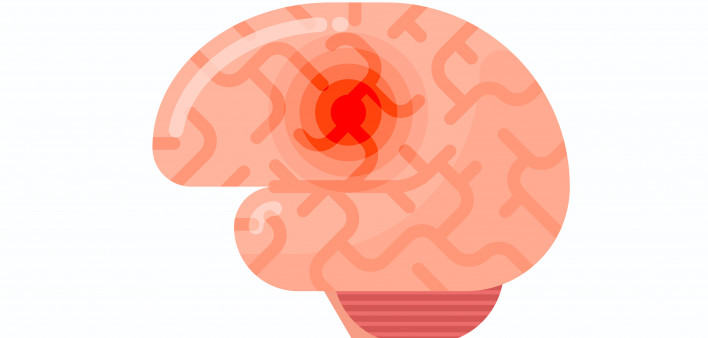Brain cells known as astrocytes can become infected with HIV and help ferry the virus to other parts of the body, even in the face of antiretroviral (ARV) treatment.
This finding, from a new study published in PLOS Pathogens, offers HIV cure researchers important insight, because it indicates that experimental cure therapies would need to target the brain as a reservoir for the virus.
Billions of astrocytes fill the brain, engaging in functions such as facilitating communication between brain cells and maintaining the barrier between the blood and the brain.
Researchers conducted a study of mice with deficient immune systems, transplanting either HIV-infected or noninfected human astrocytes into their brains.
The scientists found that the HIV-infected astrocytes spread HIV to CD4 cells in the mice’s brains. Those immune cells then left the brain and spread the infection to other organs, including the spleen and the lymph nodes.
Treating the mice with ARVs slowed HIV’s exit from the brain but did not eliminate it. Then, when the investigators interrupted the animals’ HIV treatment, the virus rebounded in the spleen. This indicated that HIV-infected astrocytes in the brain had given rise to infection elsewhere in the body, even in the face of treatment for the virus.
“This study demonstrates the critical role of the brain as a reservoir of HIV that is capable of reinfecting the peripheral organs with the virus,” Jeymohan Joseph, PhD, chief of the HIV Neuropathogenesis, Genetics, and Therapeutics Branch at the National Institutes of Health (NIH) National Institute of Mental Health, which co-funded the study, said in a press release. “The findings suggest that in order to eradicate HIV from the body, cure strategies must address the role of the central nervous system.”
“HIV remains a major global public health concern, affecting 30 to 40 million people across the globe. To help patients, we need to fully understand how HIV affects the brain and other tissue-based reservoirs,” said May Wong, PhD, program director for the NeuroAIDS and Infectious Diseases in the Neuroenvironment at the NIH’s National Institute of Neurological Disorders and Stroke, which also co-funded the study. “Though additional studies that replicate these findings are needed, this study brings us another step closer towards that understanding.”
To read a press release about the study, click here.
To read the study, click here.







1 Comment
1 Comment